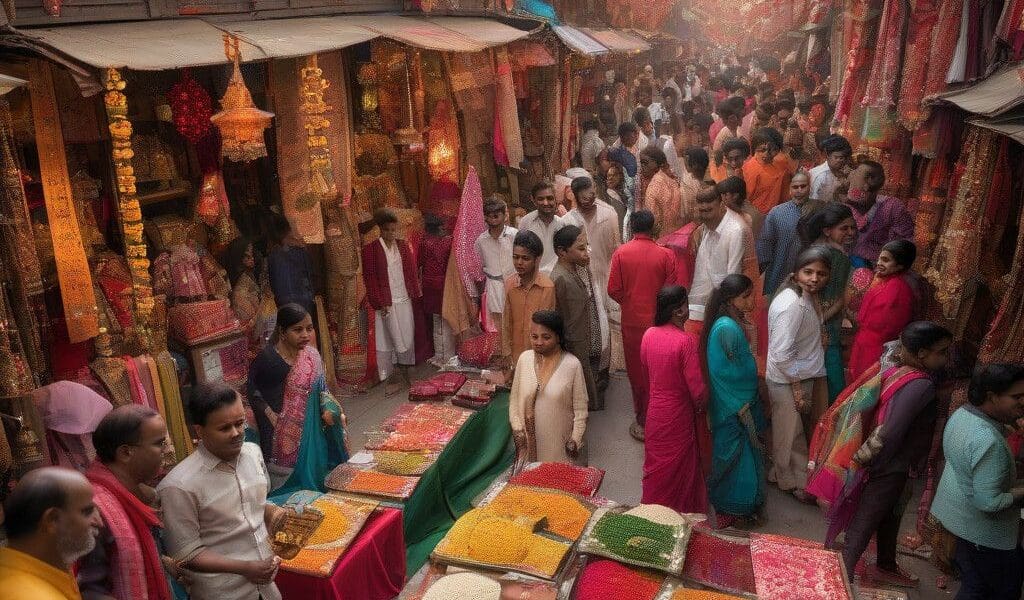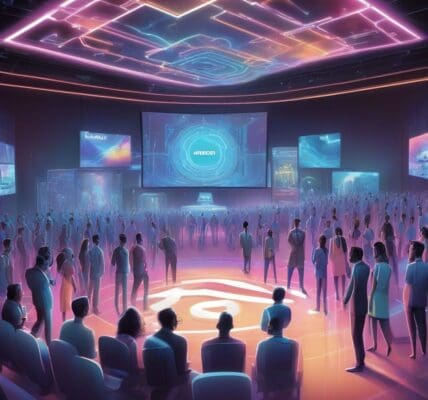As India enters the vibrant festive season, online sales have intensified with significant contributions from affordable fashion and high-end electronics. According to recent findings by Redseer Strategy Consultants, private consumption, particularly in rural areas, has increased markedly, driving a surge in sales across various e-commerce platforms. From September 26 to October 6, festive sales exceeded ₹54,500 crore, marking a significant milestone in India’s retail landscape.
A closer look at this year’s sales reveals a dynamic shift in consumer preferences. As noted by Kushal Bhatnagar from Redseer, the festive sales witnessed a remarkable 19% year-on-year growth over the previous year. Notably, this year’s early sales were dominated by high average selling price (ASP) purchases, with categories such as mobile phones, electronics, and large appliances constituting around 67% of total sales.
However, the latter part of the festive period experienced a distinct trend. While expensive products continued to attract consumers, there was a notable uptick in demand for affordable items, particularly in fashion. Categories such as ethnic wear, women’s apparel, daily-wear jewellery, and children’s fashion gained traction, especially in tier 2 and tier 3 markets. This growth in garment sales highlights the ongoing shift towards affordable fashion, offering consumers stylish options without breaking the bank.
One key factor fueling this increase is the expanded participation of e-commerce platforms, direct-to-consumer brands, and quick commerce companies. Their concerted efforts have heightened consumer engagement, encouraging spending on essential household items. In particular, the demand for air conditioners and refrigerators is noteworthy, as the extended summer periods and rising humidity levels have created a pressing need for cooling solutions, especially in under-served regions of the country.
In addition to affordable fashion, the premium electronics market, which includes high-value devices, is witnessing notable growth. Premium products like robotic vacuum cleaners, water purifiers, and advanced televisions are demonstrating impressive sales figures, particularly in metropolitan and Tier 1 cities. The appeal of these high-end items for consumers looking to enhance their quality of life is apparent, marking a trend towards upgrading everyday essentials.
While the broader mobile phone market has shown signs of stagnation, premium brands like Apple continue to thrive. Shifts in user behavior, including a migration from Android to iOS, signal a changing landscape in consumer technology preferences. This trend indicates a desire among consumers for superior quality and features, encouraging purchases of high-end mobile devices.
Quick commerce platforms have also played a significant role by facilitating unexpected spikes in mobile phone purchases. Their rapid delivery capabilities cater to a growing consumer base that values convenience and speed, further solidifying the evolving role of these platforms in the retail sector.
The beauty and grooming segments are not to be overlooked, as there’s been an increase in the availability of lower-priced items within these categories. E-commerce platforms are expanding their selections, catering to a diverse range of consumer preferences and making beauty products accessible to more individuals than ever before.
In conclusion, as India’s festive season rolls on, the landscape of consumer spending continues to evolve. The remarkable growth in affordable fashion coupled with the rising demand for premium electronics paints a picture of a diverse and expanding retail market. Retailers who adapt to these rapidly changing trends, focusing on both high-value and affordable items, are likely to thrive in this thriving e-commerce environment. The festive season not only showcases the competitive landscape of Indian retail but also sets a precedent for future shopping experiences, as consumers seek a blend of quality, affordability, and convenience.











